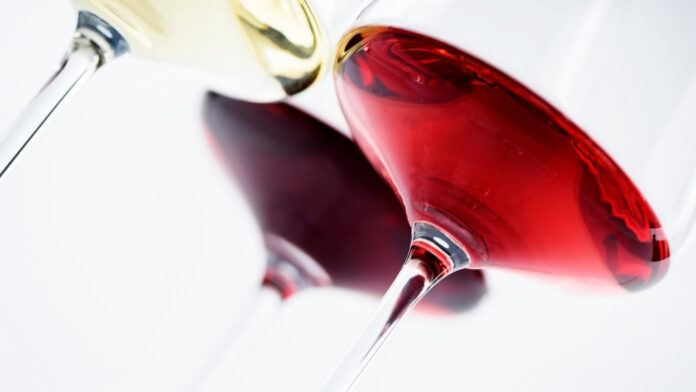
What are the most popular wine types in the world? Let’s discover the grapes, the characteristics, the pairings with food and the countries that produce the most internationally known wines. In the description of the main wine types you will find the most famous wines with the most common characteristics regarding color, aromas, taste, food pairings, but also curiosities.
It is important to premise that, although it is possible to identify generic characteristics of the main wines, each type of wine has its own identity linked to the terroir and the style adopted by the wine producers, which deserves to be discovered in its uniqueness.
WINE TYPES LIST :
- Chardonnay
- Cabernet Sauvignon
- Merlot
- Sauvignon Blanc
- Sangiovese
- Pinot Gris
- Pinot Noir
- Nebbiolo
- Riesling
- Syrah
- Traditional Method Sparkling Wines
WINE TYPES LIST
CHARDONNAY

NOTABLE REGIONS: Worldwide, France (Burgundy, Chablis, Côte d’Or), Italy (Alto Adige, Piedmont), United States (California, Oregon, New York), Canada, Australia (Adelaide Hills, Margaret River) , New Zealand (Marlbourough), South Africa, Argentina.
Wine type description: Among the most famous types of white wine we cannot fail to mention the Chardonnay, originally from Burgundy. Chardonnay is one of the most popular white grape varieties in the world, thanks to its great adaptability to different types of climate and soil and its ability to ensure good production consistency.
Some famous wines produced from this grape are those of Chablis and the Côte d’Or and the interpretations of Italy (South Tyrol, Piedmont), United States (Napa Valley, Oregon), but also Australia, New Zealand, South Africa, Argentina and many other countries in the world.
Furthermore, this grape variety is the backbone of many types of traditional method sparkling wines around the world, including Champagne wines, Italian Franciacorta and most of the traditional lmethod sparkling wines of the new world.
Characteristics of Chardonnay:
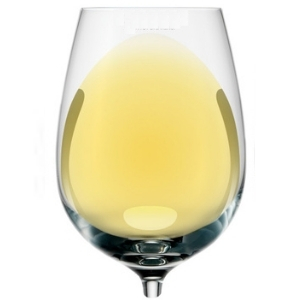
Chardonnay gives life to wine types with a very variable color: it ranges from a delicate straw yellow with greenish reflections to an intense golden yellow for the most aged wines and aged in wood.
This wine type has excellent acidity and floral-fruity aromas that range, in cool areas, from notes of green plum, apple and pear, and in warmer places, tropical fruit such as banana, pineapple and mango.
From Chardonnay are obtained simple wines vinified in steel, both wines of great elegance and complexity. The latter often undergo refinements in barriques, which give structure and embellish the aromas with notes of vanilla and hazelnuts, and incisive malolactic fermentations, which give the typical notes of melted butter.
Chardonnay food pairings:
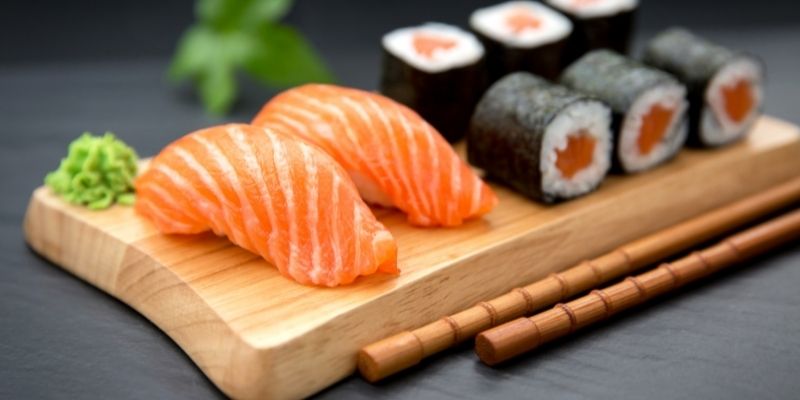
What to pair with this wine types
These wine types are recommended in pairing with fish-based dishes, white meats, vegetarian dishes and soft cheeses.
The more complex versions are also recommended with mushroom-based recipes. Ideal in pairing with fried foods and pasta dishes dressed with vegetables and cheeses. The pairing with sushi is also very convincing.
Curiosities about Chardonnay: Napa Valley wine producers began to adopt long aging in barriques and incisive malolactic fermentations for Chardonnay in the 1940s. This technique gave birth to the so-called ‘Chardonnay butter bomb’ wines, in which the natural aromas of the grape gave way to the intense notes of butter, vanilla, and hazelnuts. Today, producers like to enhance the wine’s own natural varietal character instead.
CABERNET SAUVIGNON
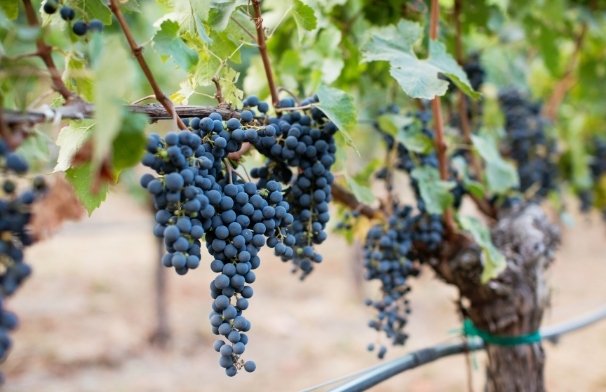
NOTABLE REGIONS: France (Bordeaux, Médoc), Italy (Tuscany and Friuli) California (Napa Valley and Sonoma County), Chile, Australia, Argentina, Spain, South Africa
Wine type description: Among the most important red wine types, Cabernet Sauvignon, obtained from the homonymous black grape variety native to Bordeaux, (France) cannot be missing.
Some famous wines produced from this grape are those of the left bank of the Garonne river, in the Médoc area, and the sensational wines of Italy (Tuscany, Friuli), California (Napa Valley, Sonoma) Australia and South Africa.
It is in fact a very versatile variety, capable of adapting to different climates and soils and gives rise to types of wines with great body and aging potential.
Cabernet Sauvignon is often blended with Cabernet Franc and Merlot, to give life to the so-called Bordeaux Style blend.
Characteristics of Cabernet Sauvignon
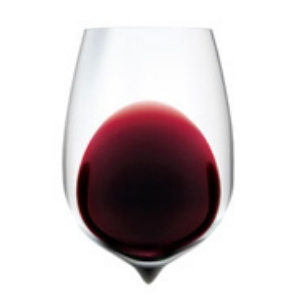
Cabernet Sauvignon gives life to wine types of an intense color, particularly full-bodied, rich in tannins and good acidity. The scents of Cabernet range from berries such as blackberries, currants, blueberries.
When Cabernet is grown in cool climates it acquires notes of pepper, musk and scents of the earth, given by the pyrazines it develops in the grape. In the warmer areas it has notes of candied black cherry, jam and eucalyptus.
The aging in barrels of Cabernet Sauvignon allows an evolution of the aromas towards roasted and spicy tertiary notes, such as tobacco, roasted coffee, cocoa powder, and licorice.
Cabernet Sauvignon food pairings:
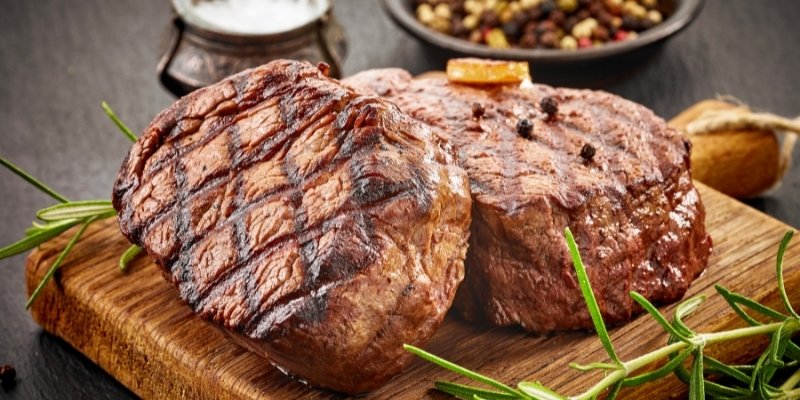
What to pair with these wine types?
Due to its great body, this type of wine is recommended for pairing with meat and game dishes, semi-aged cheeses and rich, structured, spicy first courses.
This type of wine does not pair well with delicate dishes, because its alcoholic and tannic structure could take over.
Curiosities about Cabernet Sauvignon: Cabernet is one of the most used grapes among the Supertuscan, which owe their success to the famous Sassicaia, created by Mario Incisa della Rocchetta of Tenuta San Guido. After founding similarities between Bolgheri and the Médoc territory in Bordeaux, Mario Incisa planted Cabernet Sauvignon in the 1940s, creating one of the most famous Italian red wines in the world.
MERLOT
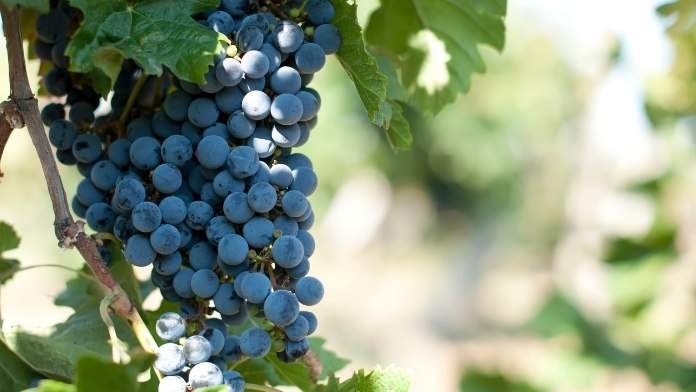
NOTABLE REGIONS: France (Bordeaux, Saint-Émilion and Pomerol), Italy (Tuscany, Friuli), United States, (Napa Valley, Sonoma County) Chile, Australia, Argentina, many other countries in the world. mondo.
Wine type description: Among the most important types of red wine, Merlot, obtained from the homonymous black grape variety native to Bordeaux, (France) cannot be missing.
Some famous wines produced from this grape are those of the right bank of the Garonne river of Bordeaux, in the area of Saint-Émilion and Pomerol, and those of Italy (Tuscany, Friuli), the United States, Australia, Chile and Argentina and many other countries in the world.
This grape variety gives rise to simple wines for daily consumption but also some of the most elegant and prestigious wines in the world.
Merlot is used for the production of monovarietal wines and blends, obtained from blending Cabernet Franc and Cabernet Sauvignon, in the so-called Bordeaux style blend.

Characteristics of Merlot :
Merlot is a wine type with a deep red color, medium-body, with good alcohol content, silky tannins, and moderate acidity.
Its aromas recall berries such as blackberry, raspberry, but also earthy notes. Thanks to aging in barrels its bouquet is embellished with spicy and toasted notes.
Due to its well-known very balanced and round character, Merlot is often used in blends to soften and contrast the sharpness of other grape varieties.
Merlot food pairings:
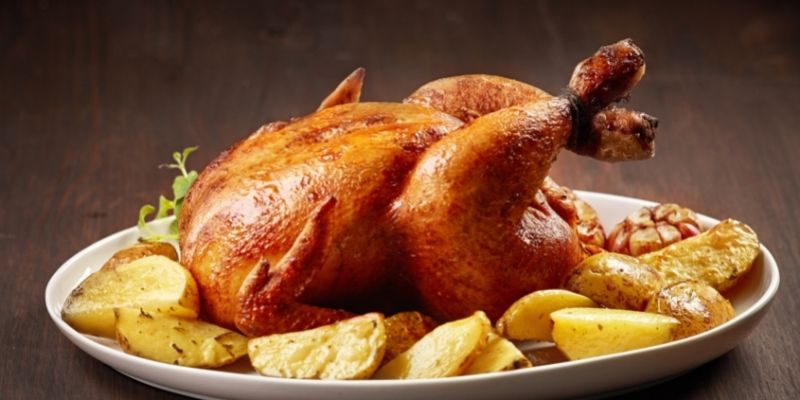
What to pair with this wine type?
Due to its softness and earthy notes, the wine types produced with Merlot pair perfectly with mushrooms. And, thanks to their structure their are also an excellent match with white and red meat dishes, semi-aged cheeses and spicy first courses.
Curiosities about Merlot: A strong point and Achilles’ heel at the same time, the softness of this wine in some cases has fueled the reputation of a pimp and monochord wine. For this reason, it was scornfully and ironically cited in the hit film Sideways in the phrase –No, if anyone orders Merlot, I’m leaving. I am NOT drinking any fucking Merlot !” The film was so successful that, due to this merciless joke, the consumption of Merlot in the United States experienced a significant inflection for a few years.
SAUVIGNON BLANC
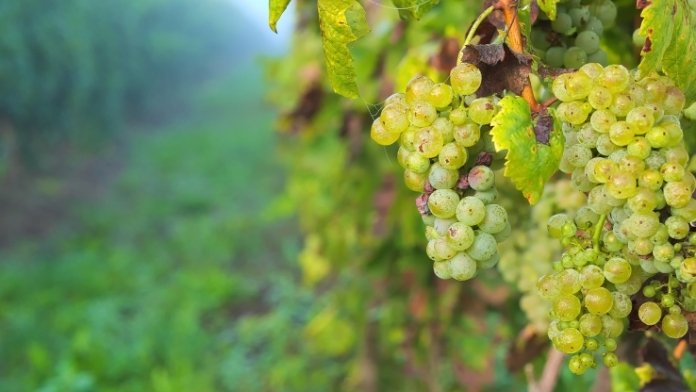
NOTABLE REGIONS: France (Bordeaux, Loire Valley), Italy (South Tyrol, Friuli Venezia Giulia), New Zealand (Marlborough), California, South Africa, Australia Chile, Ukraine, Brazil.
Wine type description: Among the most important types of white wine, Sauvignon, a white grape variety originating from France, cannot be missing.
Some famous wines produced from this grape are Sancerre and Pouilly-Fumé from the Loire Valley, and the sweet Sauternes wines of Bordeaux but also New Zealand, where the Sauvignon represent 62% of the national production.
These types of wine can also be found in Italy (Alto Adige, Friuli Venezia Giulia), the United States (California, Washington State), South Africa and Chile.
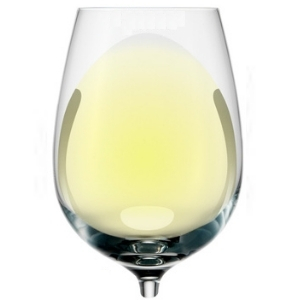
Characteristics of Sauvignon
Sauvignon gives life to a wine type generally characterized by a delicate straw yellow color with greenish reflections.
The aromas range from floral-fruity notes of elderberry, green tea, passion fruit, to typical notes reminiscent of pepper, asparagus, and tomato leaf. On the palate, they are fresh, with vibrant acidity and flavor.
Both straightforward types of wine for daily consumption and wines of great elegance and complexity are obtained from this grape.
Sauvignon food pairings:
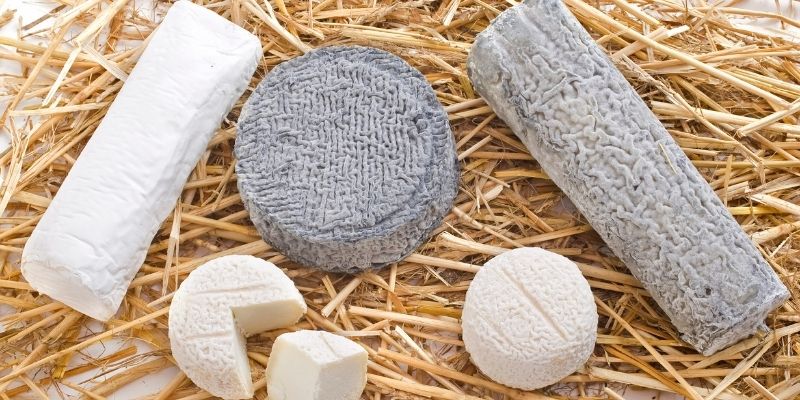
What to pair with it? Fish dishes, vegetarian dishes, recipes with asparagus, risotto, and pasta dishes based on vegetables, and cheeses (especially goat ones), are all exceptional pairings with this type of wine.
Because of its particular aroma, Sauvignon is also very interesting with spicy dishes of oriental cuisine such as Indian, Thai and Japanese Sushi.
Curiosities about Sauvignon: In some cases, the vegetal-herbaceous aromatic character of Sauvignon wines conferred by the pyrazines, has been compared to a very particular descriptor: Cat’s pee. While some people may actually find some vague aromatic similarities, we don’t recommend using this anecdote at dinner.
SANGIOVESE
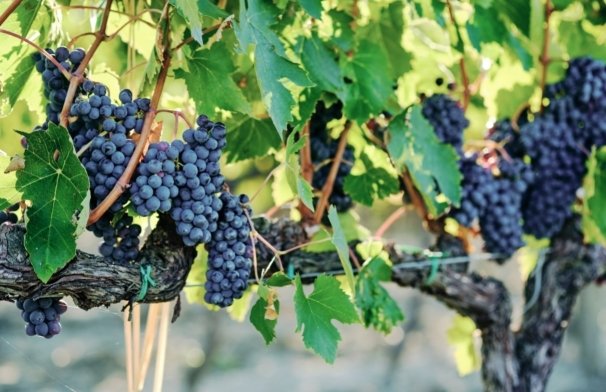
NOTABLE REGIONS: Italy (Tuscany, Central Italy)
Wine type description: Among the most important red wine types, Sangiovese certainly cannot be missing. Sangiovese is the most cultivated red grape variety in Italy.
It gives life to easy drinking fresh types of wine ideal for daily consumption but also to some of the most elegant and suited to aging wines, such as the famous Brunello di Montalcino, Chianti Classico and Nobile di Montepulciano.
In some cases, Sangiovese is blended with other international varieties such as Merlot, Cabernet or traditional tuscan grapes such as Canaiolo and Colorino, which all give the wines more intense colors and add complexity and balance.
Characteristics of Sangiovese:
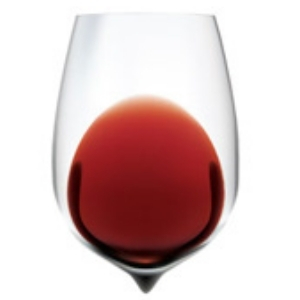
Sangiovese gives life to a type of wine with a medium intense ruby red color, which becomes garnet in the more aged wines.
It is characterized by aromas of violet and cherry blended with berries and blood orange, balsamic and spicy notes, and in some cases even gamey scents. With the aging in barrels it acquires sweet spice aromas such as vanilla, cloves, as well as leather and tobacco. A high acidity and strong tannins are two of the distinctive characteristics of this type of Tuscan red wine, that make it suitable for aging.
Sangiovese food pairings:

Due to their great structure and freshness, these wine types are recommended with red meat and game-based dishes inspired by the Tuscan tradition. Very interesting also with semi-matured cheeses, cold cuts, and rich or spicy first courses.
Being particularly fresh, the younger versions can also be chilled and consumed in the summer as an aperitif.
Curiosities about Sangiovese: Sangiovese produces the most expensive and refined types of Italian wines such as some important Brunello di Montalcino, but also the most famous and cheap Italian wines sold in tetra pak. This important qualitative variability testifies to the extraordinary ductility of this garpes to give life to wines with a completely different character depending on the terroir and production choices.
PINOT GRIS
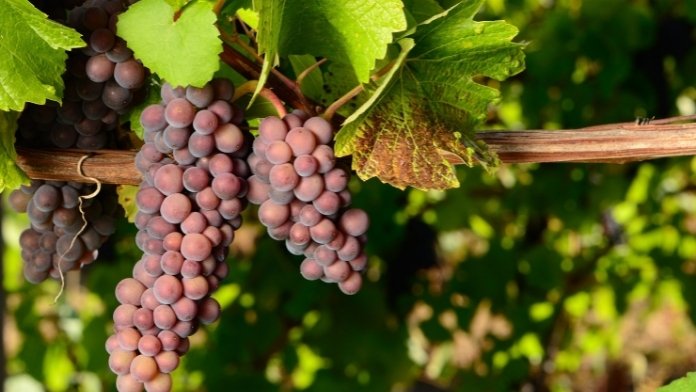
NOTABLE REGIONS: Italy (Friuli Venezia Giulia, South Tyrol, Trentino), France (Alsace), Germany, United States. Argentina, Australia, Austria, New Zealand, Canada, Chile, Czech Republic, Hungary, Romania, South Africa.
Wine type description: Among white wines, Pinot Gris is one of the most important wine types. It is obtained from a white grape variety with a blue-gray color originating from Burgundy in France and is widespread all over the world.
In fact, this type of wine can also be found in Italy (South Tyrol, Trentino, Friuli), France ( Burgundy, Loire, Alsace), Germany, New Zealand and the United States.
Characteristics of Pinot Gris

Pinot Gris gives life to a wine type with a golden yellow color, in some cases even coppery. This last original color is obtained because during the vinification processes the must is briefly left in contact with skins, which release pigments into the wine.
Pinot Gris wines are produced in two main styles: the Italian style, with greater acidity, and floral aromas reminiscent of elder flower, green apple, and pear, and the Alsace style, more alcoholic and structured, with notes of dried fruit, apricot, and honey.
Pinot Gris food Pairings
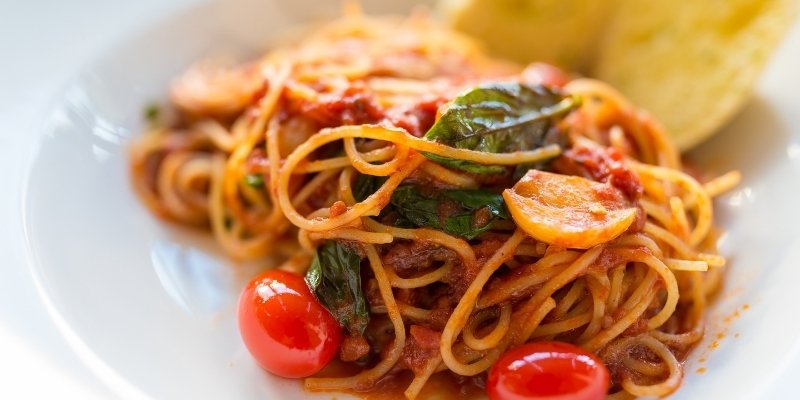
What to pair with these wine types?
Ideal as an aperitif and with cold cuts and cheeses, due to its tangy flavor and delicate floral aromas. Very interesting also with fatty fish such as salmon and tuna and white meats or with vegetarian pasta dishes.
Curiosities about Pinot Gris: In Italy, Pinot Gris is harvested slightly in advance to allow this wine type to obtain a good acidity and fresh, delicate aromatic notes. For this reason, Pinot Gris is defined as “neutral”, to refer to a light style much appreciated as an aperitif wine in the New World, very different from those of Alsace, which are more opulent and demanding.
PINOT NOIR
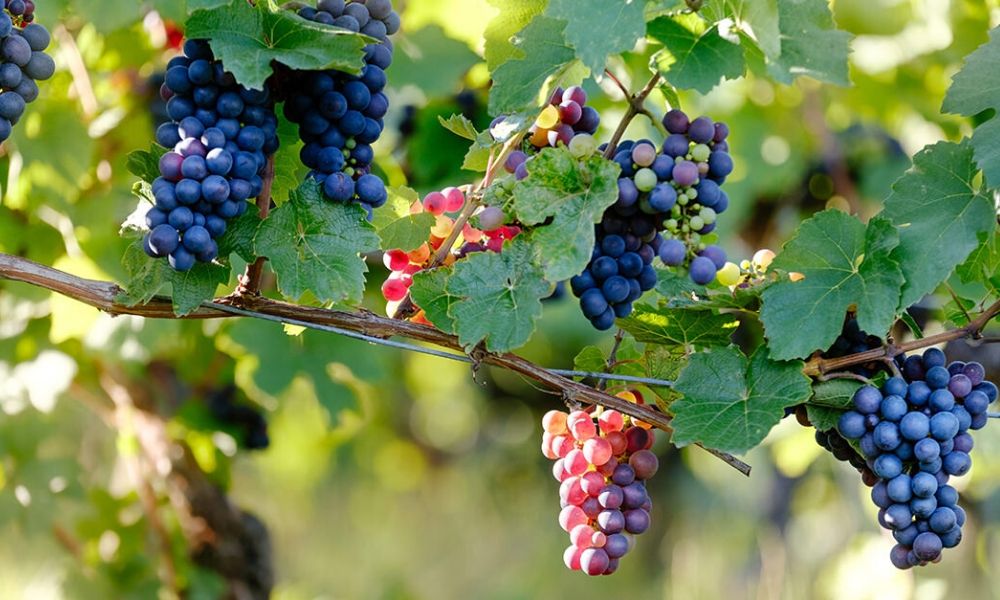
NOTABLE REGIONS: France (Burgundy, Côte-d’Or and Champagne), Italy (South Tyrol, Oltrepò Pavese), Stati Uniti (Oregon, California) New Zealand (Central Otago, Marlborough), Australia, Romania, Germany, Chile, Canada, South Africa
Wine type description: Pinot Noir is one of the main red wine types. It is a black grape variety originating from Burgundy, in France.
Some famous wines produced from this grape are those of Burgundy in France, in the Côte-d’Or (especially in the Côte de Nuits), but also those produced in Italy (South Tyrol and Oltrepò Pavese), the United States (Oregon), New Zealand (Central Otago, Marlborough), Germany and Argentina.
Among all the grapes, it is considered one of the most noble and elegant but also the most difficult to interpret, it prefers cool climates and is particularly delicate from an agronomic point of view because of its thin skin.
Red wines are obtained from Pinot Noir, as well as sparkling wines, such as Franciacorta and Champagne and many other traditional-method sparkling wines in the world.
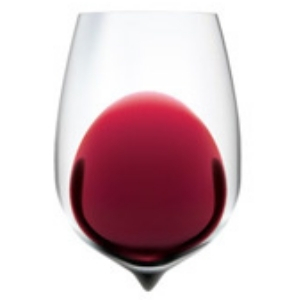
Characteristics of Pinot Noir:
Pinot Noir gives life to wine types with a slightly transparent red color, which becomes garnet with aging. On the palate, they have a moderate structure, delicate and silky tannins and marked acidity.
The aromas generally recall red fruits such as raspberries, strawberries, and pomegranate but also earthy notes and resin. After aging in barrels, they acquire notes of sweet spices such as vanilla, cloves, as well as leather, and tobacco.
Pinot Noir food Pairings:
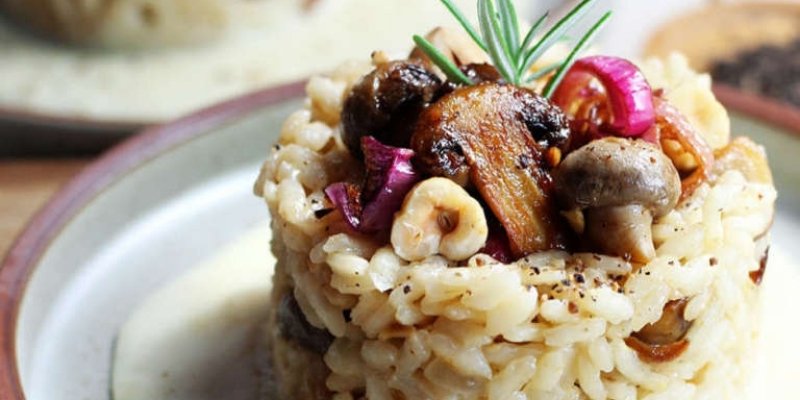
Due to their silky tannins and great acidity, these wine types are very versatile when paired with food. Highly recommended pairing with forest flavors such as truffles, mushrooms, blueberries, and juniper.
Sensational with both white and red meat dishes, with risottos and French cheeses, especially soft ones with intense aromas such as Époisses de Bourgogne, Langres e Camembert.
Curiosities about Pinot Noir: Some of the most expensive wines in the world are also obtained from Pinot Noir from Burgundy such as Romanée-Conti, which in some cases was sold for over $ 200,000 for a single bottle. These types of luxury wines have been associated with the ‘goods of Veblen’, which are commodities that become more desirable as their prices increase. In fact, if their price decreased, they would no longer be perceived as exclusive goods. Don’t despair, though: you can also find excellent Pinot Noir at affordable prices.
NEBBIOLO
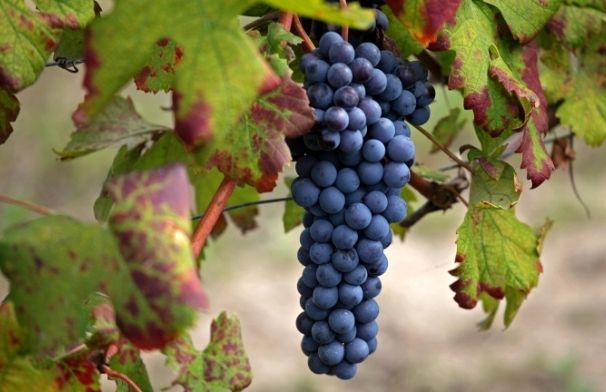
NOTABLE REGIONS: Italy, Piedmont (Langhe, Roero), Nord-Ovest of Italy
Wine type description: Nebbiolo is certainly one of the most important red wine types and is obtained from the homonymous black grape variety native to Piedmont, Italy.
And it is precisely in Piedmont that Nebbiolo gives life to the iconic Barolo and Barbaresco wines, considered among the best in the world for their aging capacity. In addition, many other type of wines from Piedmont and the rest of north-west Italy are obtained from Nebbiolo.
Characteristics of Nebbiolo
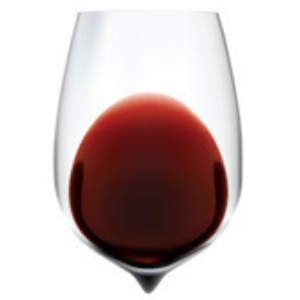
From Nebbiolo we obtain a wine type with a slightly transparent ruby red color, which quickly becomes garnet with aging. On the palate it has powerful tannins and excellent acidity.
The aromas range from floral notes of roses and withered violets to fruity hints of raspberry, cherry, medical herbs, resin and licorice.
With aging, the bouquet is enriched with complex notes of dried figs, dates, tobacco, dark chocolate and tar.
Nebbiolo food pairings

What to pair with this wine type?
Because of its rich tannins, this wine type pairs well with meat-based dishes rich in sauces such as stews and braised meats, so that the moist component can lubricate the palate.
Curiosities about Nebbiolo: In the 80s, the traditional winemaking of Barolo began to oppose the school of modernists (Barolo Boys), who adopted shorter vinifications, refinements in barriques, giving light to types of wines more in line with the international market. These interpretations with a modern character received a fair amount of criticisms, as was made famous by the ‘j’accuse’ of Barolo by Bartolo Mascarello in 1996 which on the label read: ‘No Barriques, No Berlusconi’.
RIESLING

NOTABLE REGIONS: Germany, Alsace, Northern Italy, Austria, Slovenia, Serbia, Czech Republic, Slovakia, Luxembourg, Australia, New Zealand, Canada, South Africa, China, Ukraine and the United States.
Wine type description: Undoubtedly, one of the most important white wine types is Riesling. Riesling is a very widespread white grape variety originating from Germany, where the highest quality of this wine type is produced.
Here he gives life to elegant types of wine, such as those of the Rhineland (Moselle, Pfalz, Rheinhessen) and those of the Rheingau. These types of wine can also be found in Italy, France, Australia, New Zealand, South Africa, United States, Canada.
Riesling produces various types of wines, from still and sparkling and dry to sweet, as in the case of the fine late-harvested german sweet wines trockenbeerenauslese (TBA).
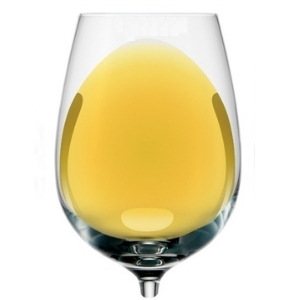
Characteristics of Riesling
Riesling are types of wine of variable color: they range from delicate straw yellow with greenish reflections for young wines, to an intense golden color for late harvest wines.
The wines produced by Riesling are characterized by a high crisp acidity, which gives the wines sensational freshness and an extraordinary aging capacity.
In general, these wine types have a moderate alcohol content and aromas of apple, peach and grapefruit, which through aging are enhanced with notes of honey, candied fruit, and the distinctive petrol notes, which make them very fascinating.
Riesling food pairings:
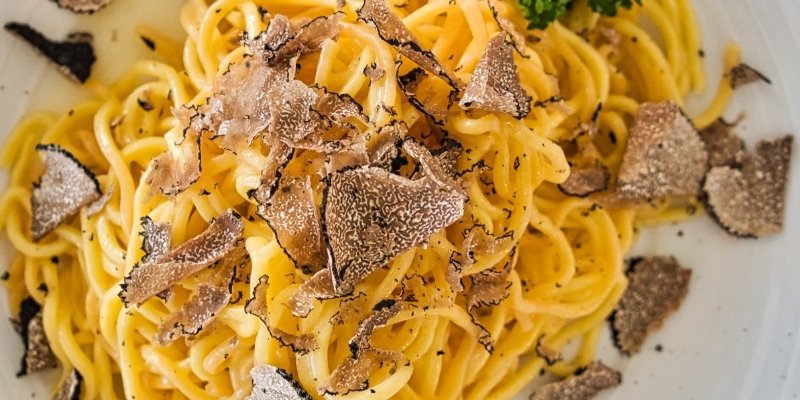
What to pair with this wine type? Because of these aromas, this type of wine is sensational with truffles, as its sulphurous notes are matched with those of the precious underground mushroom. Also very interesting with smoked salmon and smoked herring.
Thanks to the intrinsic acidity of this wine type, Riesling goes well with greasy and fatty meat dishes, such as those of Bavarian cuisine. It is also ideal with blue cheeses and spicy dishes.
Curiosities about Riesling: Although Riesling’s typical petrol aroma is highly appreciated by wine enthusiasts, the most important institute for the promotion of wines in Germany has classified the “petrol aroma” as a defect, since it hides the floral-fruity aromas of the grape. In addition, it is an erroneous but suggestive belief to think that the mineral aroma in this wine type depends directly on the mineral composition of the Rhineland soil. In reality, its typical aroma develops naturally due to chemical processes linked to aging.
SYRAH
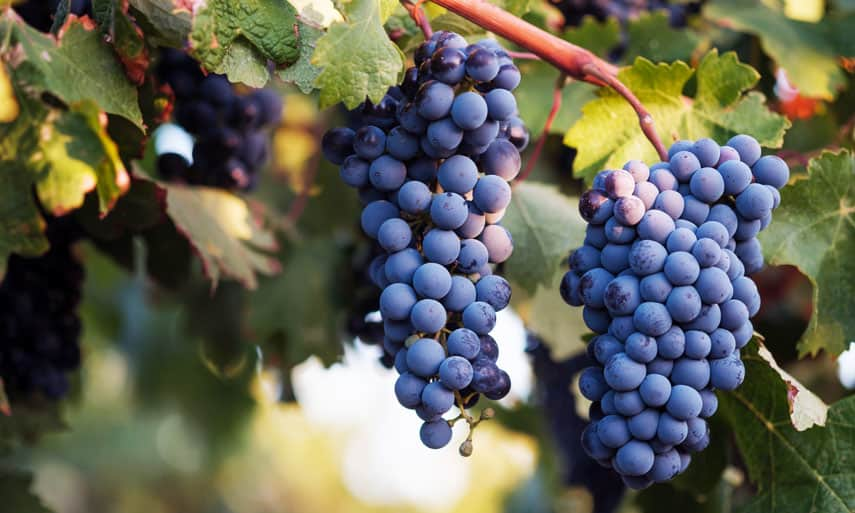
NOTABLE REGIONS: France (Rhone Valley, Australia (Barossa Valley, McLaren Vale), United States (California), Italy (Cortona, Sicily) New Zealand
Wine type description: Among the most common wine types in the world there is Syrah (or Shiraz), obtained from the homonymous black grape variety.
This wine became famous in the Rhone Valley in France, where it gives life to the elegant wines of Côte-Rôtie and Hermitage. Syrah is also produced in Australia (Barossa Valley, MacLaren Vale), where it represents the most cultivated grape variety, and in other countries such as Italy (Cortona, Sicily), California and New Zealand.
Its origins are controversial, but it is claimed that it derives from ancient Persia (current Iran), near the city of Shiraz, from which it would take its name.
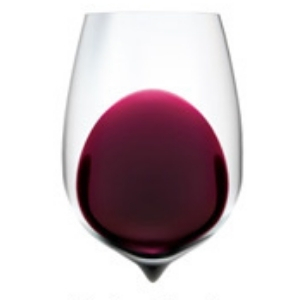
Syrah features
Syrah gives life to wine types with an impenetrable ruby red color with purple hues.
The aromas are fruity and spicy and recall blackberries such as blackberries and blueberries, mint and spices, including black pepper, considered one of the most distinctive characteristics of Syrah.
On the palate this wine type is characterized by a good body, abudant but soft tannins and good acidity.
Syrah food pairings
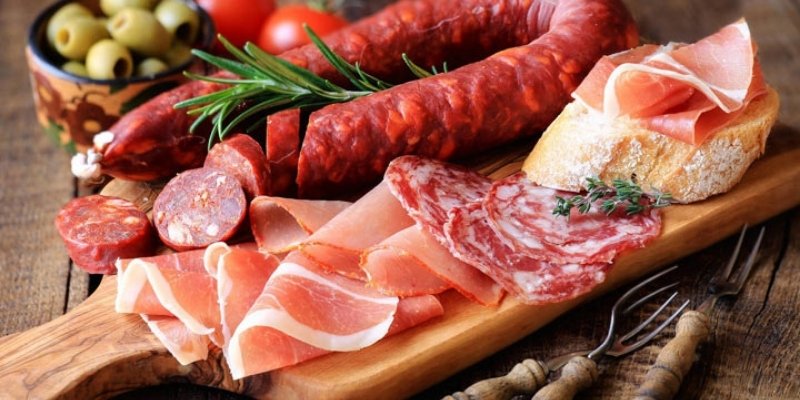
Because of its tannic structure and spicy character this wine type is ideal with grilled, stewed or stewed red meat, and game.
Also try it with dishes rich in black pepper such as pasta alla Carbonara, sensational also with cold cuts such as cured ham and salami.
Curiosities about Syrah: In the valley of the medieval village of Cortona, in Tuscany, Syrah has found an ideal habitat, thanks to the Mediterranean climate favored by the thermoregulatory action of Lake Trasimeno. Every year the ‘Chianina & Syrah’ festival takes place in Cortona where chefs propose pairings of this type of wine and dishes made with prestigious ‘Chianina’ beef, the flagship of Tuscan gastronomy.
TRADITIONAL METHOD SPARKLING WINES
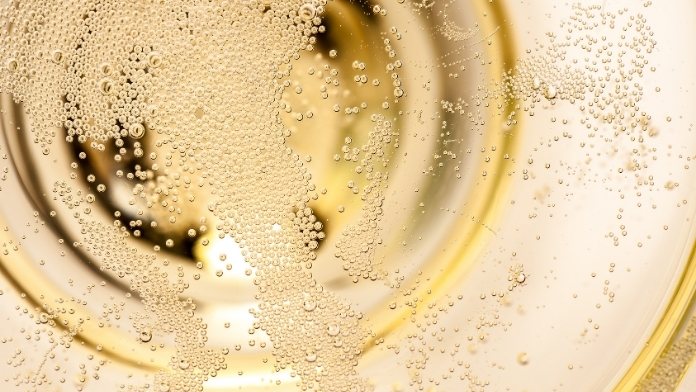
NOTABLE REGIONS: France (Champagne, Crémant), Italy (Franciacorta, Trento DOC, Oltrepò Pavese), Spain (Cava), England (Sparkling Wines), South Africa (Méthode Cap Classique), United States (California), Canada, Australia, Chile.
Wine type description: Traditional sparkling wines are among the most important wine types. These wines are obtained from the refermentation of the wine in the bottle, of French origin (méthode champenoise), which allows dissolving the CO2 in the wine, thus obtaining the famous effervescence.
The traditional method is the wine type shared by the famous wines such as Champagnes in France, Franciacorta in Italy, Cava in Spain, sparkling wines in England, Cap Classique in South Africa and many other regions in the world.
This wine type are produced from Chardonnay, Pinot Noir, Pinot Meunier, the pillars of these wines, but also other international grape varieties such as Pinot Blanc, Pinot Gris, Riesling, or local varieties.
Characteristics of Traditional Method Sparkling Wines:
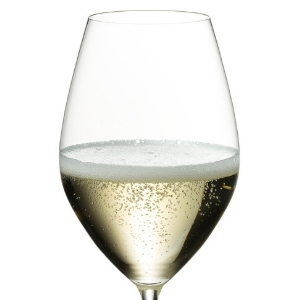
Traditional method sparkling wines are wine types that vary from straw yellow to golden yellow, with great acidity and effervescence (perlage). On the palate, they are fresh and have a creamy perlage consistency and complex aromas, obtained from the more or less prolonged aging of the wine on the lees.
The aromas of this wine type range from floral and fruity notes such as apple, pear, citrus and red berries, which with aging are enhanced with notes of brioche, candied and dehydrated fruit, honey and hazelnut.
Traditional Method Sparkling Wines Food Pairings
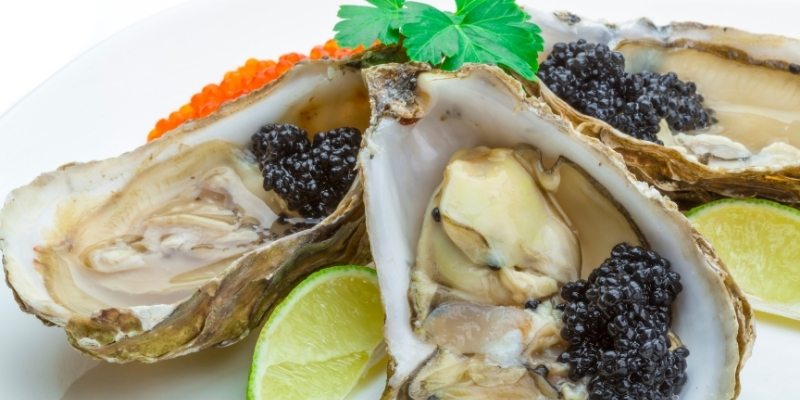
What to pair with these wine types?
To pair this wine type, it must be borne in mind that CO2 and strong acidity have a cleaning power capable of mitigating the greasiness and fatness of the food.
Try it with the famous pairing with oysters and caviar, first courses with seafood, but also appetizers of cold cuts and salami, aged cheeses and bloomy and washed rind cheese.
It is very interesting pairing eggs with truffles, but also with fried dishes, such as fried chicken, fried seafood and tempura.
Curiosities about traditional method sparkling wines: We have to wait until 1700 for the birth of this type of traditional sparkling wine. We are in the Champagne region, in France, more precisely in the monastery of Hautvillers. Here, legend has it that the monk Dom Pierre Pérignon began to refine the technique of refermentation in the bottle, making this type of traditional method sparkling wine a technically reproducible process. The famous Moët & Chandon wine company has dedicated the name of its iconic vintage sparkling wine to the monk Dom Pérignon, produced since 1921.
What are the most important wine types?
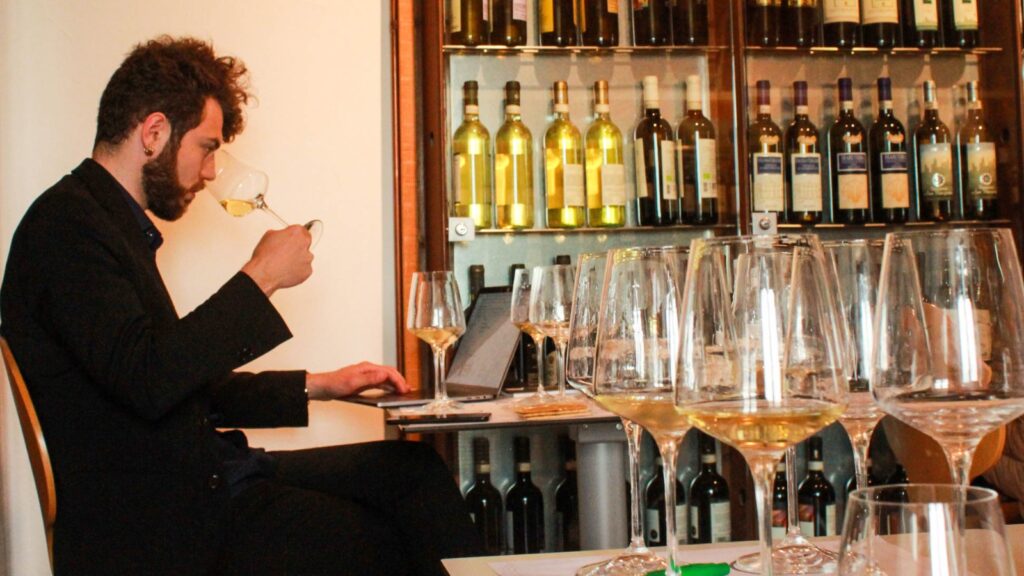
What are the most important types of wine? Choosing is a difficult undertaking, which however inevitably is subject to the limits of a subjective opinion, which as such, by definition, is deficient and arbitrary.
We have compiled our list of the most important wine types according to our evaluations. It remains essential to underline that the most important types of wine are those capable of moving us, linking themselves to situations with unrepeatable and intimate moments of our life.
Therefore, we invite you to discover the types of wine in their uniqueness, so that you can find the wine that can be counted for you among your favorite wine types.





